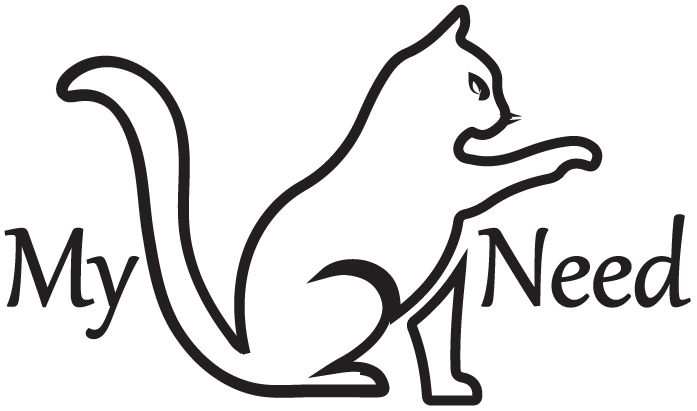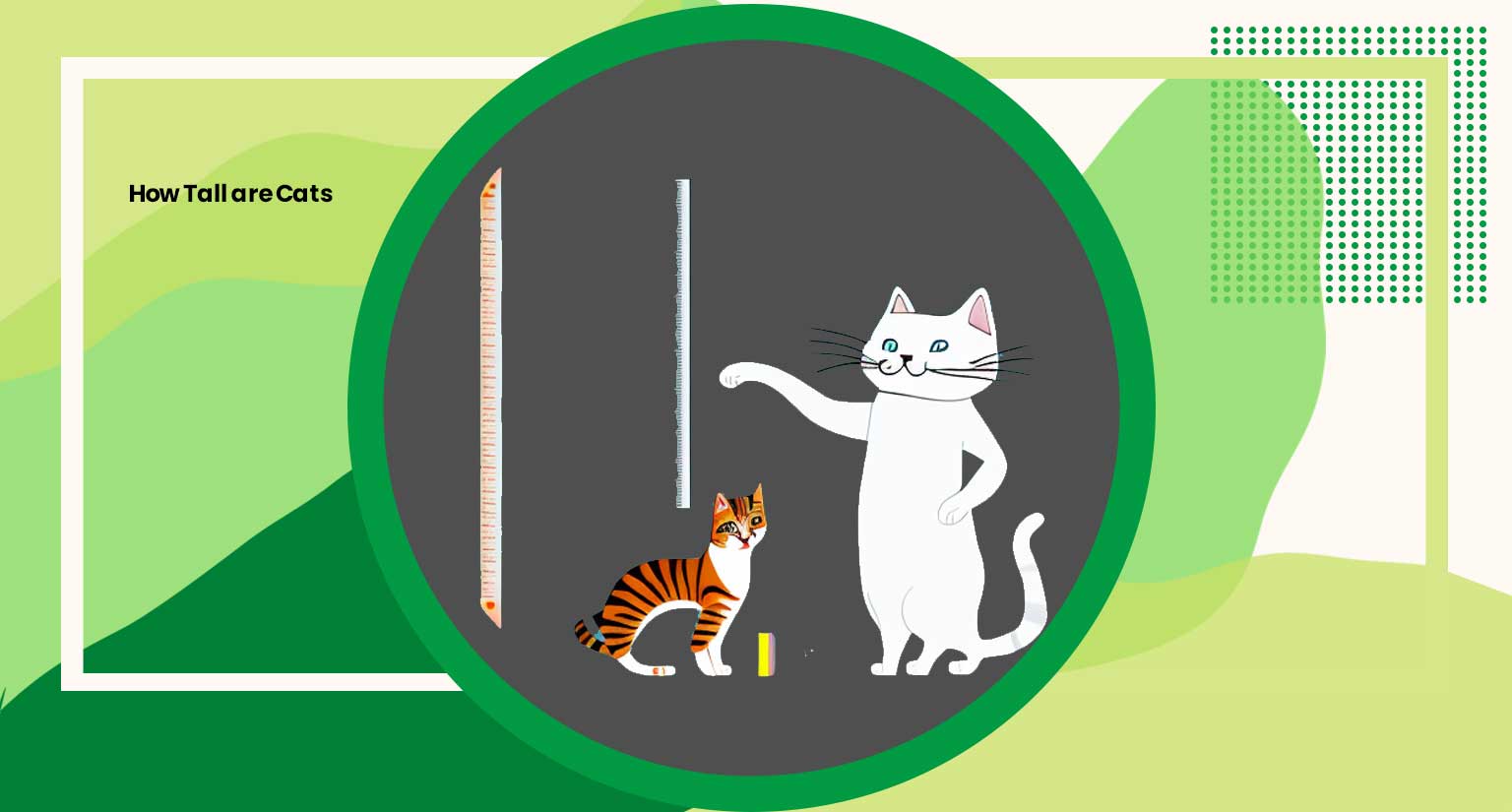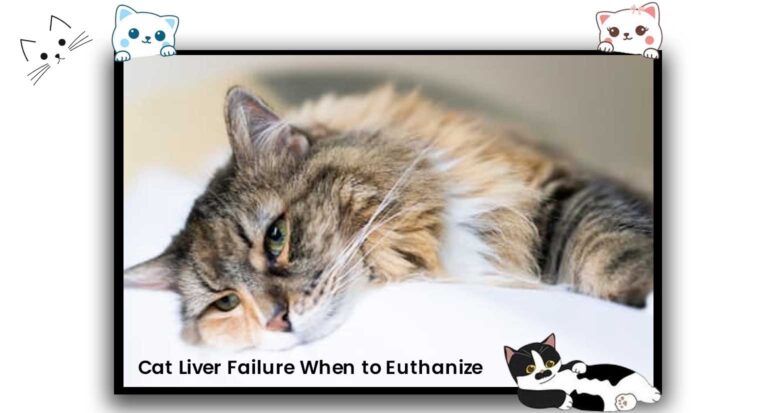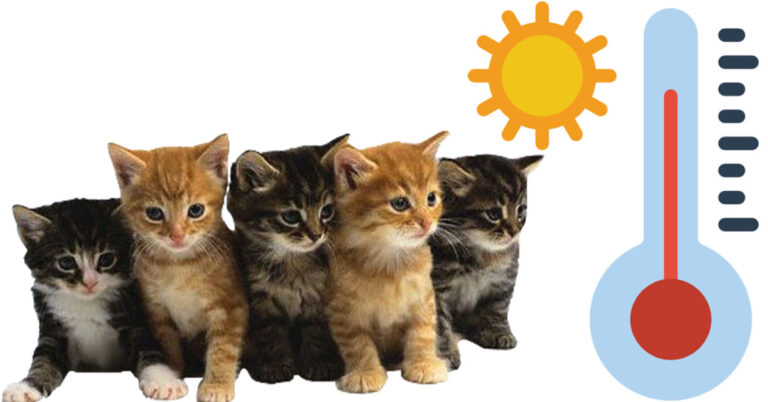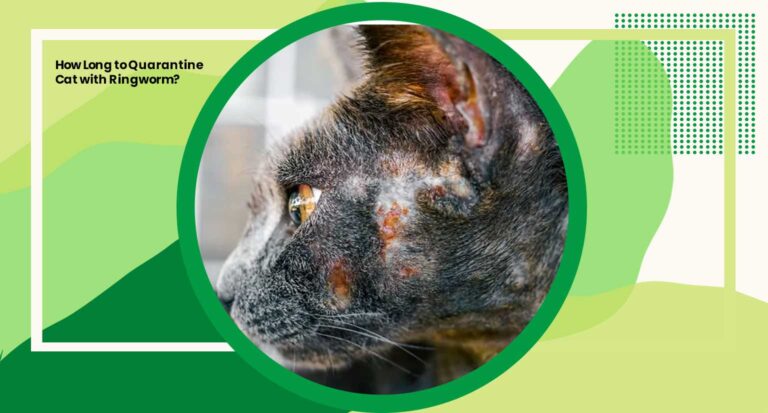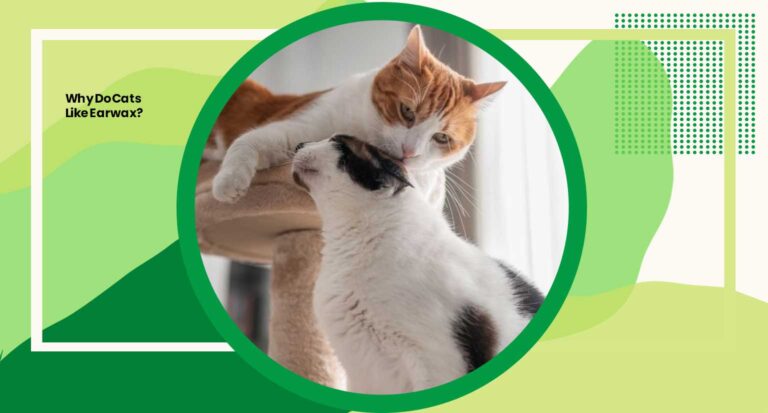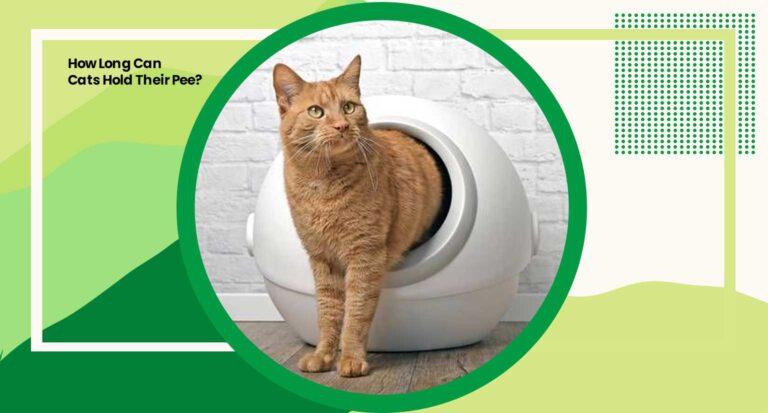How Tall are Cats?
Cats, those curious and often enigmatic creatures, captivate us with their grace, charm, and unique characteristics. Among the many questions that arise about our feline friends, one stands out: How tall are cats?
This seemingly simple query leads us into the intriguing world of feline dimensions, where understanding their height not only satisfies our curiosity but also sheds light on their fascinating nature.
Let’s delve deeper into this subject to uncover the surprising truths about the stature of these beloved companions.
How Tall Are Cats Usually?
The typical height of domestic cats hovers in the range of 9 to 10 inches when measured from the ground to the highest point of their shoulders. This standard, however, isn’t a strict rule but rather a generalization.
Variations Across Breeds
Remarkably, certain breeds, like the regal Maine Coons, boast heights that transcend the average, reaching an impressive 10 to 16 inches at the shoulder. On the other end, smaller breeds or mixed-breed cats might fall slightly below the typical range.
Factors Influencing Height
Several elements contribute to the variance in feline stature. Genetics, nutrition, health, and environmental factors all play pivotal roles in determining a cat’s ultimate height. Additionally, factors such as gender and age can influence the final measurement.
Individuality in Stature
While there are generalized height expectations, each cat emerges as a unique individual. Their height, much like their distinct personalities, can vary widely, ensuring that no two felines are precisely the same in stature or demeanor.
How Many Feet Is a Cat?
In terms of height, the average domestic cat measures between 9 to 10 inches from the ground to the top of their shoulders. When translated into feet, this equates to approximately 0.75 to 0.83 feet.
Factors Influencing Feline Stature
However, this is a general estimate and varies considerably based on factors like breed, genetics, and individual characteristics. Certain breeds, like the Maine Coon, known for their larger size, can reach heights of 10 to 16 inches, altering their measurement in feet accordingly.
Measurements in Context
While it’s intriguing to discuss feline height in terms of feet, it’s equally important to appreciate the uniqueness of each cat.
Their height, influenced by a medley of factors, contributes to the diverse spectrum of sizes observed among these beloved companions.
Can Cats Grow Taller?
Cats, like many animals, experience a significant growth phase during their early years, particularly in their kittenhood and adolescence.
This period is characterized by rapid development in height and overall size.
Growth Trajectory of Kittens
In their initial months, kittens undergo substantial changes in bone structure and body mass, contributing to an increase in height.
This growth tends to continue until they reach around 1 to 2 years of age, varying based on factors like breed and individual genetics.
Stabilization in Adulthood
Once cats reach adulthood, their height growth typically stabilizes.
While they might still experience minor fluctuations in overall size and weight due to diet, health, or other factors, significant height increases are rare.
Factors Impacting Adult Height
Exceptions exist, especially in certain breeds known for slower maturity rates or late blooming tendencies.
Nutritional factors, health conditions, and genetic predispositions can also subtly influence height changes during adulthood, albeit to a limited extent.
What Is the Tallest Cat Breed?
Maine Coon: The Majestic Giants
Undoubtedly, the Maine Coon cat proudly holds the esteemed title of the tallest domestic cat breed, boasting an impressive stature that sets them apart from others in the feline world.
Remarkable Stature
Adult Maine Coons typically stand between 10 to 16 inches at the shoulder, showcasing their extraordinary height and commanding presence.
This notable size contributes to their majestic aura, captivating admirers worldwide.
Endearing Characteristics
Beyond their remarkable height, Maine Coons are recognized for their friendly demeanor, intelligence, and striking physical features.
Their tufted ears, bushy tails, and abundant fur accentuate their charm, making them not just tall in stature but also uniquely captivating companions.
An Iconic Breed
The Maine Coon’s combination of size, grace, and amiable nature solidifies its position as an iconic and beloved breed among cat enthusiasts, earning admiration for their impressive height and endearing qualities alike.
What Is the Normal Size of a Cat?
Exploring the Dimensions of Domestic Cats
When delving into the normal size of a domestic cat, it’s essential to consider a range of measurements that collectively define their physical characteristics.
Height Averages
In terms of height, the typical domestic cat stands approximately 9 to 10 inches at the shoulder, measured from the ground to the highest point of their shoulders.
This dimension provides a glimpse into their upright stance, showcasing the compact yet agile build common among house cats.
Length and Weight Variations
Beyond height, the overall length of a cat, from the tip of the nose to the end of the tail, typically falls within the range of 18 to 20 inches.
Weight, a variable influenced by factors such as breed, age, and individual genetics, can vary significantly, spanning from 5 to 20 pounds or even more in some cases.
Diverse Feline Characteristics
While these measurements offer a general understanding of a cat’s size, it’s important to acknowledge the remarkable diversity among cat breeds and individual felines.
From petite to substantial, the range of sizes contributes to the unique allure and charm that cats bring into our homes.
How Tall Are Cats?
Exploring Feline Height Dynamics
In the realm of feline stature, cats typically maintain an average height range, standing approximately 9 to 10 inches at the shoulder.
This particular measurement, taken from the ground to the highest point of their shoulders, provides a baseline understanding of their standing height.
Diverse Influences on Height
However, the height of cats isn’t a one-size-fits-all scenario. Various factors intricately weave together to create diversity among feline heights.
Breed genetics play a pivotal role, with certain breeds, like the Maine Coon, often surpassing the average, towering majestically at heights that exceed expectations. Conversely, smaller breeds or mixed-breed cats might fall below this average range.
Variances Within Breeds and Individuals
Furthermore, within specific breeds, individual variations occur. Gender, age, and overall health significantly impact a cat’s growth and subsequent height.
Males, for instance, tend to be larger than females in many breeds, while kittens experience rapid growth in their initial months.
Celebrating Feline Uniqueness
This inherent diversity in feline height enriches our understanding and appreciation of these graceful creatures.
From the grandeur of towering Maine Coons to the elegance of smaller domestic breeds, each cat’s height paints a unique picture, adding to the mosaic of charm and individuality that defines these beloved companions.
Do Cats Like Babies?
The dynamics between cats and babies vary widely, influenced by individual traits, past experiences, and the environment.
Some cats display natural curiosity, warmth, or even a protective instinct toward babies. However, others might initially feel cautious or indifferent.
Adaptability and Acclimatization
Cats, known for their adaptability, can gradually acclimate to the presence of a new family member, such as a baby.
Introducing cats to babies slowly and in a controlled manner helps mitigate stress and allows for a smoother adjustment period for both the feline and the infant.
Guided Interaction and Monitoring
Supervision is crucial during early interactions between cats and babies.
Gentle guidance from adults ensures a positive and safe introduction, fostering a comfortable environment for the cat and baby to become accustomed to each other’s presence.
Over time, cats often become more familiar and comfortable around babies as they recognize them as part of their family unit.
Consistent, positive interactions, along with a patient and understanding approach, can contribute to a harmonious relationship between cats and babies within the household.
Conclusion
Cats typically stand around 9 to 10 inches at the shoulder, though this varies by breed and individual factors. From the majestic Maine Coons to smaller breeds, feline height spans a diverse spectrum.
Understanding this diversity enriches our appreciation for these charming companions, each embodying a unique stature that adds to their individual allure.
